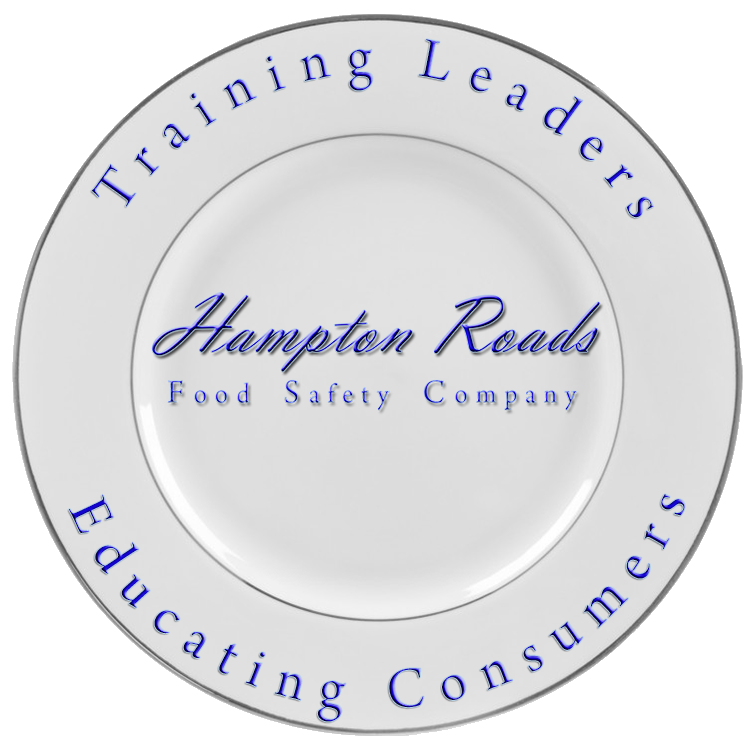BE AWARE AND PREPARE: Your Home Food Safety
In recent research released by the USDA food Safety and Inspection Service (year 3 findings), 53% of respondents to a national survey reported having someone at higher risk of foodborne illness in their household. Someone at higher risk could be a young child, an elderly person, a pregnant family member, or a loved one with a chronic underlying health condition, like diabetes.
What might be different about a household where one or more people in the home are immune-compromised or otherwise at risk for food borne illness? Ideally, food safety would be top-of-mind for everyone in the household. Ideally, in that household, consistency in food safe handling and proper hand hygiene would be a shared priority.
People who work in food safety education are constantly working to learn more about the blocks and the motivators to home safe food handling practices. The FDA’s New Era of Smarter Food Safety, says that “a strong food safety culture is a prerequisite to effective food safety management,” and that commitments are needed to “foster, support, and strengthen food safety culture on farms, in food facilities and in homes.
Foster food safety at home –
Have a family discussion about values around day-to-day practices for hand hygiene, safe food handling and surface cleaning. What does it mean to be immunocompromised in your household?
Support food safety at home –
Post in your kitchen the Core Four Fightbac food safety practices: clean, separate, cook, and chill. Agree that all household members always wash their hands before sitting down to eat a meal. Consider the risks of some foods that might be favorites in your household.
Strengthen food safety at home –
Use safe recipes. Ask your favorite recipe provider to adopt the Safe Recipe Style Guide. Consistently use a food thermometer for safety and quality. Always use soap and running water to wash hands for at least 20 seconds. Make kitchen surface cleaning and sanitizing a priority. If you share your kitchen with pets, be sure to separate pet feeding areas from surfaces where you prepare family meals.
Your at-home food safety culture is to be aware and be prepared. Reducing risk of foodborne illness at home is fundamental to your family’s enjoyment of delicious, healthy foods.
Fightbac Campaign

